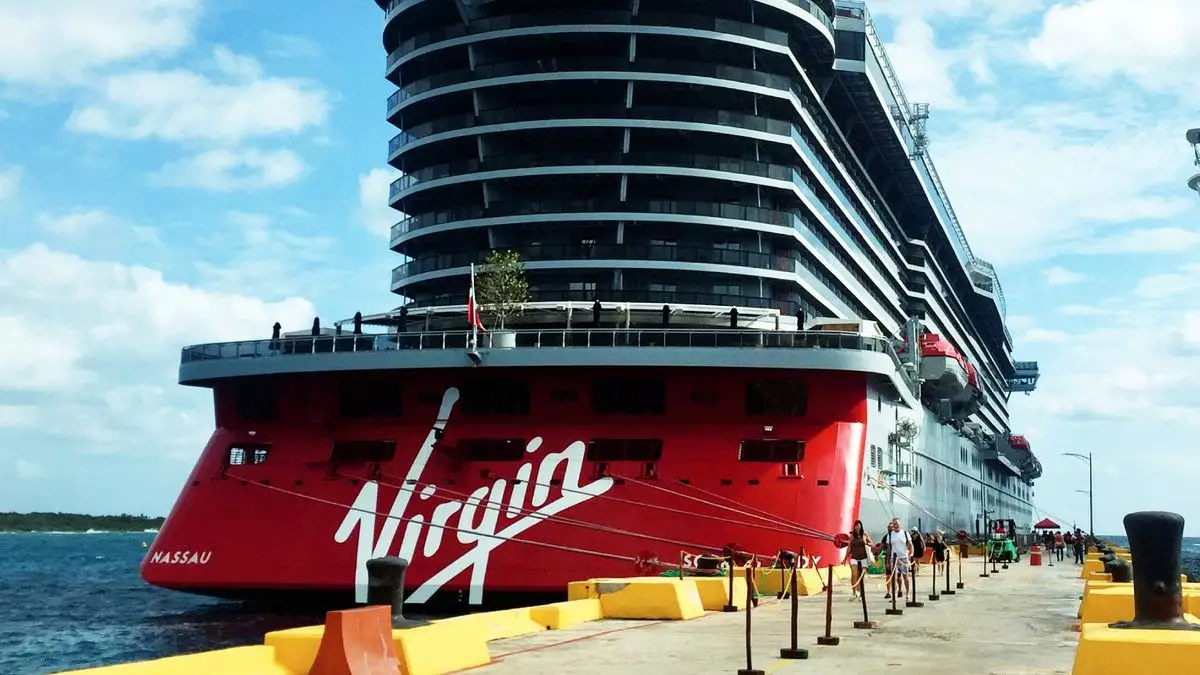In a striking move that has raised eyebrows across the cruise industry, Mexico’s lower house of Congress has sanctioned a new $42 immigration fee for every cruise passenger that steps onto Mexican shores. The decision has unleashed a wave of concern among cruise operators and stakeholders, who argue that this levy could drastically impact the attractiveness of Mexico as a cruise destination. With an astonishing two-thirds of the revenue designated for the Mexican military, the rationale behind such a diversion of funds remains murky, adding to the unease of industry professionals.
The Mexican Association of Shipping Agents has sounded the alarm, articulating the potential consequences this charge could have on the country’s reputation as a cruise hub. Their assertion is that if enacted, this immigration fee would position Mexican ports as some of the most costly in the global cruise sector. This stance reflects a broader concern about maintaining competitiveness against alternative Caribbean ports, which are vying for the same tourist dollar. In an official statement, the association expressed its hopes that the Senate would reconsider this legislative change, emphasizing that the implementation of such a charge not only threatens their competitiveness but could discourage cruise lines from including Mexican ports in their itineraries altogether.
While proponents of the levy might argue that it serves to enhance national security and immigration control, critics are quick to point out that cruise passengers have historically been sheltered from such fees, as many do not leave their vessels during port stops. The introduction of this charge seems illogical, given that many cruise visitors enjoy amenities aboard their cruise ships rather than venturing into the local economy. Moreover, the decision appears misaligned with previous policy frameworks designed to encourage tourism—an industry crucial to Mexico’s economy.
The Wider Context of Cruise Tourism in Mexico
Despite these challenges, Mexico’s cruise tourism scene remains robust; Cozumel, for instance, has long been heralded as the busiest cruise port globally, drawing an impressive four million passengers annually. The allure of sunny beaches, vibrant culture, and ample recreational opportunities has solidified its place on the itineraries of numerous cruise lines. However, the paradox of the current situation lies in the tension between managing overtourism, which has sparked debates in various global destinations, and sustaining economic viability through tourism—the lifeblood for many coastal communities in Mexico.
Moving forward, the Mexican government faces a critical juncture in balancing the need for revenue generation while preserving the attractiveness of its ports. The controversy surrounding the immigration levy elucidates the delicate interplay between maintaining national priorities and fostering a welcoming environment for tourists. If this measure proceeds, it may prompt a reckoning that could reshape the landscape of cruise tourism in Mexico, urging policymakers to reassess their approach to balancing tourism with other pressing national concerns. The outcome remains to be seen, but the reverberations of this imminent change could redefine the future of the industry in the region.

